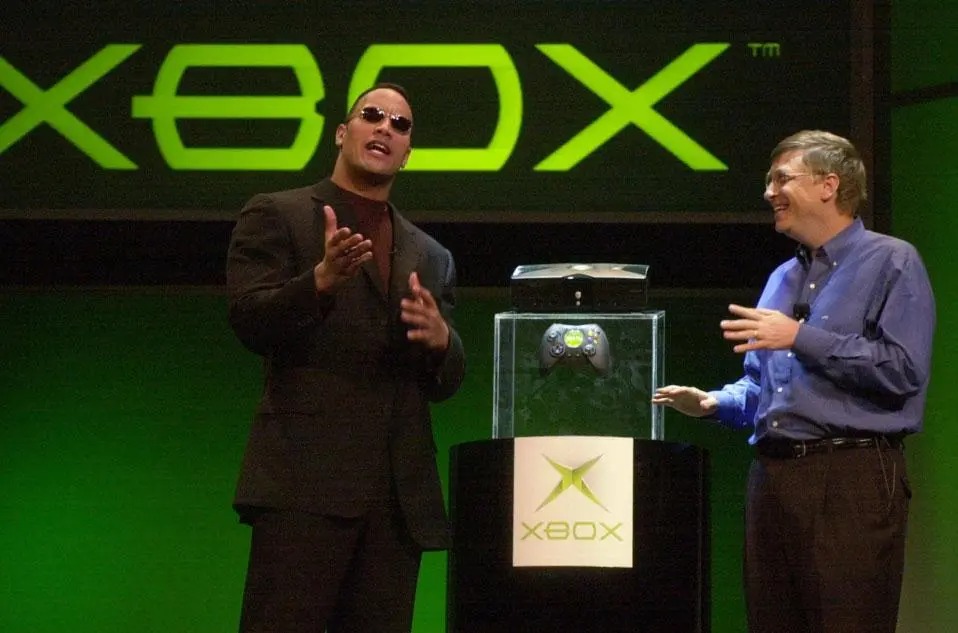The Xbox is a series of video game consoles developed and produced by Microsoft. The Xbox brand has become synonymous with the gaming industry, and its popularity has only grown since the original console was released in 2001. Over the years, the Xbox has seen numerous iterations, each one building on the success of the last.
The Original Xbox
The original Xbox was Microsoft’s first foray into the video game console market. Released in North America on November 15, 2001, it was a powerful machine that boasted some impressive specifications for its time. The console was powered by a custom 733 MHz Intel Pentium III processor, and it had a graphics card capable of rendering 720p high-definition visuals.
One of the key features of the original Xbox was its hard drive. This allowed users to save games and play music from their own CD collection, a feature that was not available on its competitors at the time. The console also introduced the Xbox Live service, which allowed users to play online multiplayer games and connect with other gamers around the world.
Despite its impressive specifications and features, the original Xbox struggled to compete with Sony’s PlayStation 2 and Nintendo’s GameCube. However, it did manage to carve out a dedicated fan base and paved the way for future Xbox consoles.
Xbox 360
The Xbox 360 was released on November 22, 2005, and was a significant improvement over its predecessor. The console was powered by a custom IBM PowerPC tri-core processor, and it featured an ATI Xenos graphics card capable of rendering 1080p high-definition visuals.
One of the key features of the Xbox 360 was its online service, Xbox Live. This service was greatly expanded from the original Xbox, offering improved multiplayer options and a robust marketplace where users could purchase games and DLC.
The Xbox 360 also introduced the Kinect sensor, which allowed users to control games with their body movements and voice commands. The Kinect was a major selling point for the console and helped to differentiate it from its competitors.
The Xbox 360 was a huge success for Microsoft, selling over 84 million units worldwide. It remained popular even after the release of its successor, the Xbox One, and continued to receive support from Microsoft until 2016.
Xbox One
The Xbox One was released on November 22, 2013, and marked a major shift for the Xbox brand. The console was designed to be an all-in-one entertainment device, capable of streaming movies and TV shows, as well as playing video games.
One of the key features of the Xbox One was its integration with the Kinect sensor. The console shipped with a Kinect sensor included, which allowed users to control the device with their body movements and voice commands.
However, the Xbox One struggled to gain traction with consumers. Many were put off by the console’s high price point and its focus on entertainment over gaming. The inclusion of the Kinect sensor was also controversial, as many users felt that it was an unnecessary addition that drove up the console’s cost.
Xbox Series X
The Xbox Series X was released on November 10, 2020, and marks the latest entry in the Xbox lineup. The console is a significant improvement over its predecessor, offering improved specifications and features.
The Xbox Series X is powered by a custom AMD Zen 2 processor and a Radeon RDNA 2 graphics card, which allow it to render 4K visuals at 60 frames per second. The console also features a high-speed SSD, which greatly reduces load times and allows for faster game installations.
One of the key features of the Xbox Series X is its backwards compatibility. The console is capable of playing games from all previous Xbox consoles, including the original Xbox, Xbox 360, and Xbox One. This means that users can continue to play their favorite games from previous generations on the latest hardware.
The Xbox Series X also includes a variety of new features, such as Quick Resume, which allows users to quickly switch between multiple games and resume where they left off. The console also supports ray tracing, a technique used to render more realistic lighting and reflections in games.
Microsoft has also made significant improvements to the Xbox Game Pass subscription service. This service allows users to access a large library of games for a monthly fee, and it now includes access to all first-party Xbox games on the day of their release. This has been a major selling point for the Xbox Series X, as it provides users with a large and constantly evolving library of games.
The history of the Xbox has been a story of constant innovation and improvement. From the original Xbox to the latest Xbox Series X, Microsoft has continued to push the boundaries of what is possible in the gaming industry. With its powerful hardware, expansive library of games, and growing list of features, the Xbox remains a popular choice for gamers around the world. As Microsoft continues to invest in the platform, it will be interesting to see what new innovations and improvements the future holds for the Xbox brand.
